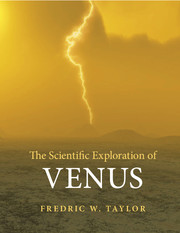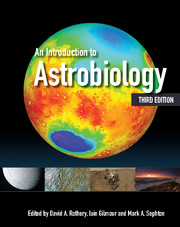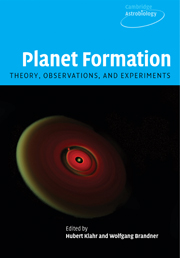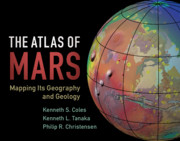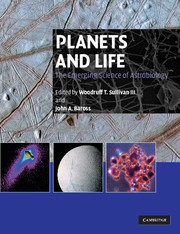The Scientific Exploration of Venus
Venus is the brightest 'star' in the night sky and it has been observed since ancient times. Often dubbed Earth's 'twin', it is the planet most similar to the Earth in size, mass and composition. There the similarity ends: Venus is shrouded by a dense carbon dioxide atmosphere, its surface is dominated by thousands of volcanoes and it lacks a protective magnetic field to shield it from energetic solar particles. So why isn't Venus more like Earth? In this book, a leading researcher of Venus addresses this question by explaining what we know through our investigations of the planet. Venus presents an intriguing case study for planetary astronomers and atmospheric scientists, especially in light of the current challenges of global warming, which supports, and potentially threatens, life on Earth. Scientifically rigorous, yet written in a friendly non-technical style, this is a broad introduction for students, and astronomy and space enthusiasts.
- The history of mankind's interest in, and understanding of, our nearest planetary companion in space
- An intimate account of the exploration of Venus during the space age by the Soviets, the USA, Europe and Japan
- Authoritative explanations of the objectives and methods used to explore the planet, what they have achieved, and what remains mysterious
Reviews & endorsements
"The Scientific Exploration of Venus is a fascinating book that tells us everything about our understanding of our neighbouring planet, from ancient times to modern exploration. In a clear and brilliant style, the author leads us along all aspects of this quest, from the early images and the ground-based spectroscopic observations to the achievements of the space era. Chapter after chapter, we learn how our knowledge of the planet has improved, what are the open issues, and finally what the future of the planet might be. This very complete and well-documented book about our sister planet will be a reference for not just scientists and students, but also for anyone interested in the future evolution of our own planet."
Dr Thérèse Encrenaz, Observatoire de Paris-Meudon, and author of Life Beyond Earth
"This is a comprehensive and well-written account of the science and exploration of Venus written by the right person at the right time. Fred Taylor has been deeply involved in missions to Earth’s sister planet since the 1970s, and his masterful and accessible synthesis of our growing knowledge over the years includes the first full account of the recent groundbreaking Venus Express mission, and concludes with some imaginative speculations about ambitious possibilities for far future exploration."
Dr David Grinspoon, Denver Museum of Nature and Science, and author of Venus Revealed
Product details
September 2014Hardback
9781107023482
314 pages
260 × 208 × 18 mm
1.01kg
171 b/w illus. 25 colour illus.
Available
Table of Contents
- Part I. Views of Venus, from the Beginning to the Present Day:
- 1. The dawn of Venus exploration
- 2. Mariner and Venera
- 3. Pioneer Venus and Vega: orbiters, balloons and multi-probes
- 4. Images of the surface
- 5. The forgotten world
- 6. Earth-based astronomy delivers a breakthrough
- 7. Can't stop now
- 8. Europe and Japan join in: Venus Express and Akatsuki
- Part II. The Motivation to Continue the Quest:
- 9. Origin and evolution: the solid planet
- 10. Atmosphere and ocean
- 11. A volcanic world
- 12. The mysterious clouds
- 13. Superwinds and polar vortices
- 14. The climate on Venus, past, present and future
- 15. Could there be life on Venus?
- Part III. Plans and Visions for the Future:
- 16. Solar system exploration
- 17. Coming soon to a planet near you: planned Venus missions
- 18. Towards the horizon: advanced technology
- 19. Beyond the horizon: human expeditions
- Epilogue
- Appendix A. Chronology of space missions to Venus
- Appendix B. Data about Venus.

